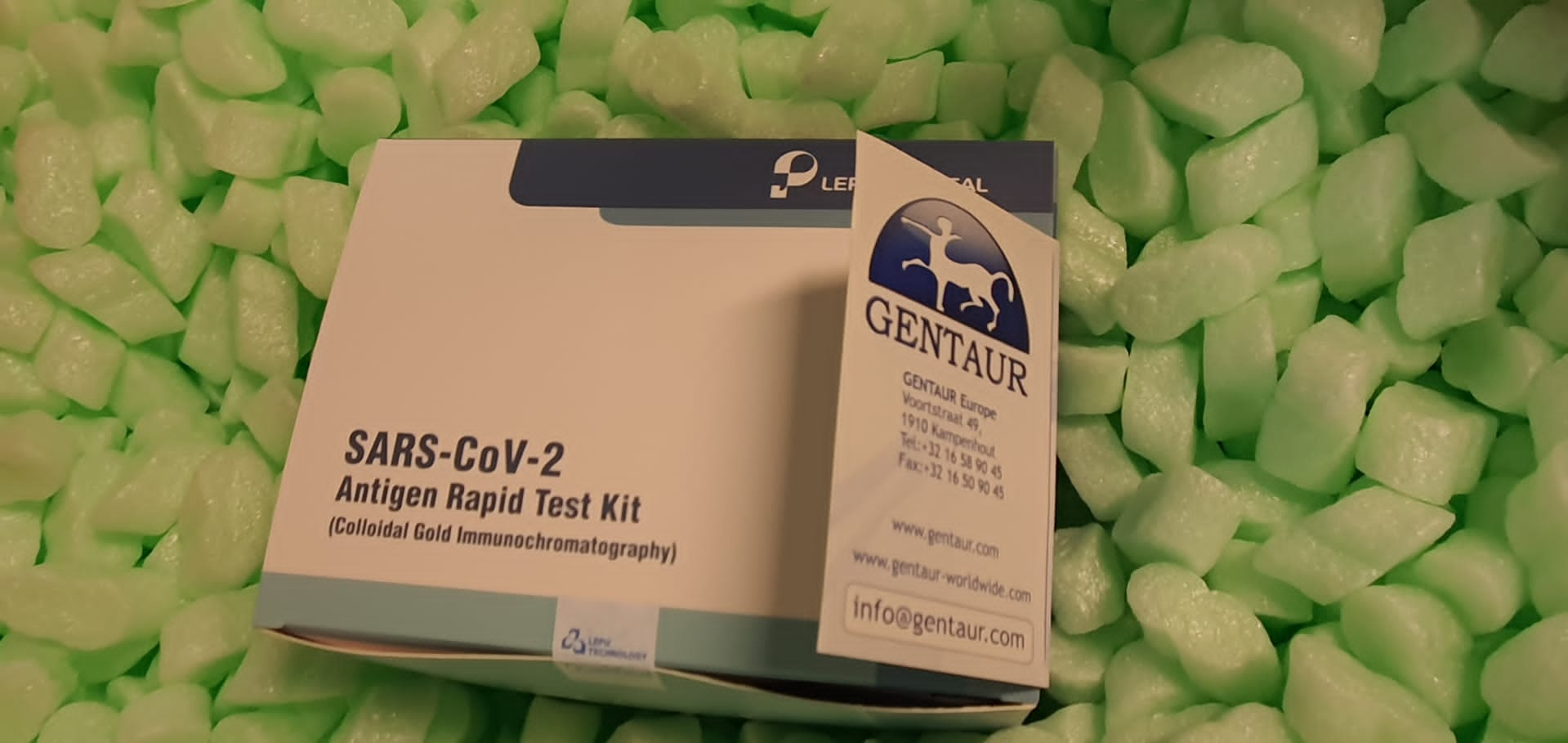Detailed tail proteomic analysis of axolotl (Ambystoma mexicanum) using an mRNA-seq reference database.
Salamander Axolotl is emerging as an important model for stem cell research because of its powerful regeneration capacity. Several advantages, such as the strong capacity for regeneration of advanced tissues, organs and appendices, promote Axolotl as an ideal model system to expand our current understanding on regeneration mechanisms. Recognizing the common molecular paths between amphibians and mammals, there is a great potential to translate the message from Axolotl research to mammal studies. However, the use of Axolotl is hampered due to the lack of reference databases of genomic, transcriptomic and proteomic data.
Here we introduce the proteane analysis of the axolotl section section sought against an ARNN-SEQ database. We have translated Axolotl arnma sequences to protein sequences and annotated these to process LC-MS / MS data and identified 1001 unpaid proteins. The functional classification of the identified proteins was performed by research on the ontology of genes. The presence of some of the identified proteins has been validated by in situ antibody labeling. In addition, we analyzed the three-point post-post stamp protection protein to evaluate the underlying mechanisms of the regeneration process. Taken together, this work expands Axolotl’s proteomics data to contribute to its establishment as a fully used model.
The human protea project aims to map all human proteins, including missing proteins as well as proteoforms with post-translational changes, alternative splicing (ASV) variants and unique amino acid variants (SAV). The NextProt databases and together are usually used to provide information designed on human coding genes. However, to find these proteoforms, we first introduce a simplified pipeline using NEXTPROT and Custom Gencode and concatenated from the set, with a controlled discovery rate (FDR). Due to large databases used in this pipeline, we found more strict FDR filtering (0.1% at the peptide level and 1% at the protein level) to claim new conclusions, such as GenCode ASVS and Missing proteins, human hippocampus and proteomexchange dataset. Using our next-generation generation proteomic pipeline with NextProtro and GenCode databases, two missing proteins such as cytoskeleton glutamate protein and cytoskeleton glutamate receptor, Kainite 5 have also been identified with two peptides or more unique from human brain tissue.
Anatomy and evolution of database search engines – a central component of proteomic workflows with mass spectrometry.
The search engines of the sequence database are bioinformatics algorithms that identify tandem mass spectrum peptides using a reference protein sequence database. Two decades of development, especially animated by progress in mass spectrometry, provided scientists with more than 30 published search engines, each with its own properties. In this review, we present the common paradigm of the different implementations and its limits for modern mass spectrometry sets.
We also detail how search engines are trying to mitigate these limitations and provide an overview of the various software frameworks available to the researcher. Finally, we highlight alternative approaches for the identification of proteomic mass spectrometry dataset, or as a replacement of the sequence database. The identification of the sequence database via Database research has become the Golden Standard for Hunting Proteomics based on mass spectrometry.
However, as the quality of tandem mass spectra is improving, direct mass spectrum sequencing is gaining interest as an independent alternative to the database. In this chapter, the general principle of this so-called Novo sequencing is introduced with traps and the challenges of the technique. The main tools available are presented on the user-friendly open source software that can be directly applied in daily proteomic workflows.

Multi-level human integrated sequence search databases for hunting rifle proteomics.
The results of the spectrometry data analysis of the proteomics of the fighter rifle proteomics can be considerably affected by the selection of the reference protein sequence database against which the spectra are assorted. For many species, there are several sources from which somewhat different sequence sets can be obtained. This can lead to confusion on which database is the best in which circumstances – a particularly acute problem in the analysis of human samples. All sequence databases are based on the genome, with sequences for the predicted gene and their compiled protein translation products.
Our goal is to create a set of primary sequence databases that include the union of sequences of many available sources and make the result easily accessible to the community. We compiled a set of four variable sizes sequence databases, from a small database composed of ~ 20,000 primary isoforms and contaminants to a very large database comprising almost all unpaid protein sequences. from several sources. This set of more and more comprehensive and more complete human protein sequence databases is suitable for the search for the database of the proteomy sequence of mass spectrometry. The search for the database is called the level of human integrated research proteos. In order to evaluate the usefulness of these databases, we analyzed two sets of different data, one of the Heaa cell line and the other of the normal human liver tissue, each of the four levels of complexity of the base. of data.
The result is about 0.8%, 1.1% and 1.5% additional additional peptides can be identified for levels 2, 3 and 4, respectively, with respect to the level 1 database, at Calculation costs significantly increased. This increase in the calculation cost can be rolling if the identification of sequence variants or the discovery of the sequences that are not present in the knowledge base entries examined is an important objective of the study. We find that it is useful to look for a database in a simpler database, then check the unique nature of the peptides discovered against a more complex database.
Related Posts

The porcine translational research database: a manually curated, genomics and proteomics-based research resource.

Antibody attributes that predict the neutralization and effector function of polyclonal responses to SARS-CoV-2

